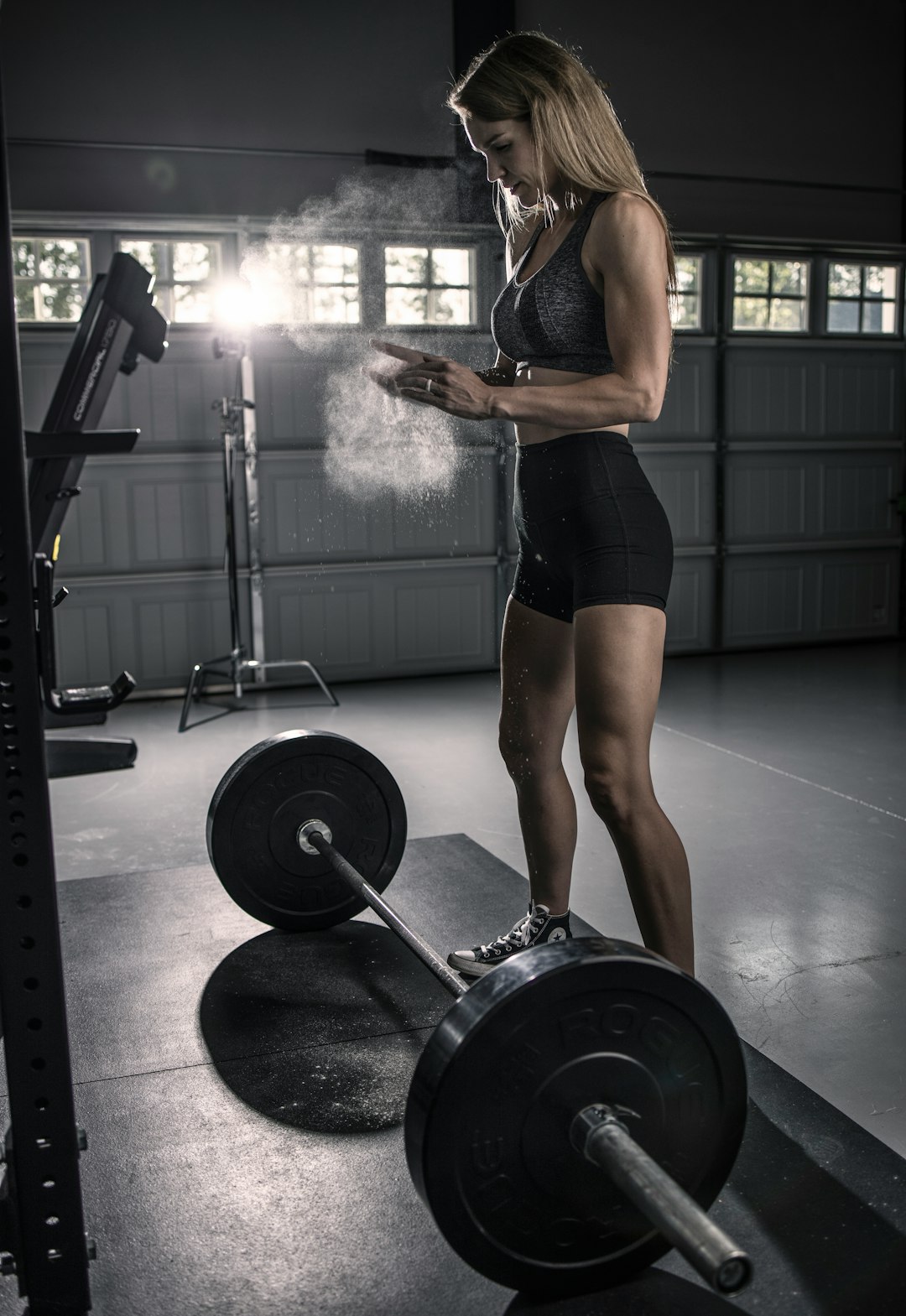 Photo from Unsplash
Photo from Unsplash
Originally Posted On: https://lexabean.com/strength-training-for-runners.htm
Strength Training For Runners
How Proper Strength Training Can Help Runners
Strength Workout For Runners: Common questions runners have
1) How often should I lift? For runners, 20 minutes 2-3 times a week 2) When should I lift? Lift on your easy run days. Avoid days before or after a long run, speed workout or race. 3) Won’t strength training slow me down? Most people think of weight lifters as very bulky with very large muscles. Proper strength training for runners focus on build muscles you need during running and not making you into a muscular giant. This includes your legs, around your knees and ankles (to prevent injury) and back / core (also to prevent overuse/stress injuries that a common to runners)
Strength Exercise For Runners
The following sections list the best strength exerices for runners, including benefits, a description of the exercise and video showing proper form.
Leg Press
Benefits: Leg presses strengthen the quads, glutes and hamstrings. These are critical muscle groups to help protect you from the impact that running causes and improve your running form. Description: Get into a comfortable position with your feet shoulder width apart and your back firmly against the pad. Push upward with your feet straightening both legs. Once your legs are straight, allow the weight to come back down, bending your knees to point where you can comfortably push the weight upward again. Push the weight back up to complete the stroke.
Back Extension
Benefits: Strong back muscles, which this exercise develops, help tone your lower back, core and glutes which can help you run faster and protect your body against the stress from running. Description: Lie face down on the back extension device with your hips over the support pad and your feet tucked underneath the foot rollers. Slowly lift your torso above horizontal (so your back arches slightly), then lower your torso well below horizontal. Start with 15-20 repeats and work your way up to 30 or more reps as your back strength improves.
Squats
Benefits: Squats are an important exercise which strengthen the glutes, quadriceps, hamstrings and lower back. Strengthening these muscle groups helps you withstand the stress running puts on your body and improves your ability to lift & drive your leg forward with each stride. Description: The video on the left demonstrates proper form for a total body workout that includes a squat. Be sure to do this with proper supervision from a fitness professional to ensure you are doing this properly and to prevent injuries. A basic squat utilizes a weight you are comfortable lifting. Hold the weight with both hands while keeping your back straight. Then slowly bend your knees, squatting to a point where you can stand back up. This action is as if you are about to sit in a chair and then stand back up again.
Quad Lift
Benefits: This exercise strengthens the quadriceps, which is a very important muscle group at the top front of the leg. Strong quads stabilize the knee and help protect this joint from common runners injuries. Description: Sit on the quad-lift machine with your feet hooked under the roller pads. Lift your legs until they are nearly straight out and then gently, slowly bring them down to the starting position.
Lat Pulls
Benefits: This workout strengthens the large muscles of the upper back, which helps with your arm swing and makes your overall running stride smoother and more economical. Description: Most runners who use lat machines in the gym pull the weight down behind their head. A better way to target the lats is to pull the bar in front of your head down to your chest while straightening the arms slowly. This puts lets stress on the neck and shoulders
Leg Curls
Benefits: Leg curls strengthen the hamstrings and glutes, which in turn helps protect the hip and knees from injury. It also helps improve forward propulsion of the body. Description: On the leg-curl machine, lie on your stomach your knees just over the edge of the bench and your Achilles tendons pressing against the roller pads. Hold the side grips with your hands to prevent your body from slipping. Curl your legs upward bringing the roller pad close to your buttocks. Lower your legs back down slowly to complete the stroke.
Crunch / Sit-up
Benefits: Crunches are targeted to strengthen the abdominal muscles. Sit-ups work the abs and the surrounding muscles. Both stabilize your trunk during running and are important for building core strength. Description: Lie on your back with your knees bent at a 45 degree angle. Cross your arms and raise your torso a few inches off the floor toward the knees. You should work up to 30 reps of this exercise.
Lunges
Benefits: Lunges are a great compliment to Squats. Lunges strengthen the glutes, quadriceps and lower back. Strengthening these muscle groups help runners withstand the stress running puts on the body and improves your ability to lift and drive your legs forward with each stride. Description: The basic technique is to stand with your feet hip width apart. Step forward with one foot and bend your knees until they are at a 90 degree angle. Then bring your back foot forward while standing upright. Repeat with the opposite foot. Lunges can be done with weights to supplement your body weight.
Step-Ups
Benefits: Step-ups are a good general lower body conditioning workout that you can do indoors or outdoors. It targets some of the same muscle groups as squats and lunges including the glutes, quadriceps and hamstrings as these do most of the work, but other muscles get involved as stabilizers. Strengthening these muscle groups help runners withstand the stress running puts on the body and improves your ability to lift and drive your legs forward with each stride. Description: This exercise involves placing one leg on a step or bench then using that leg to bring your other foot up to meet the front one. To do Step-ups properly: • Keep your back straight and abdominal muscles tight keeping your movements smooth and controlled. • Alternate your foot each time doing as many repetitions as you can.
Glutes Exercises
Benefits: Strong glutes help prevent knee injuries and back problems. They also help make you a quicker runner by adding power to your stride while also reducing the risk of muscle imbalances, tightness, pain and injury. With undeveloped glutes, your body tries to compensate when running by relying more on your hamstrings and ITB (iliotibial band). This can lead to knee pain and potential injury to these parts of your body. Description: There are a number of exercises that improve your glutes. Squats, deadlifts and lunges (which are explained in more detail above) are very good for runners because they workout more than just your glutes. Glute Bridges primarily target your glutes are illustrated in the following YouTube Video. This is a simple workout you can do anywhere. Variations of it can be done with or without a weight, a band and/or a platform to raise your legs on. Adding a resistance band across your thighs help control the movement from start to finish plus the tension they provide works your muscles harder.






